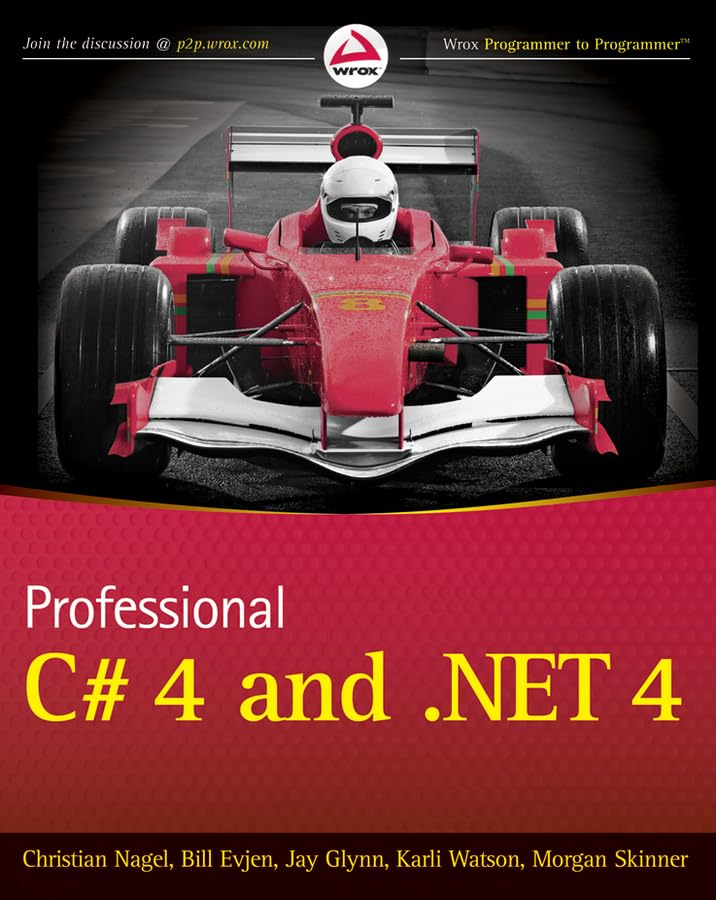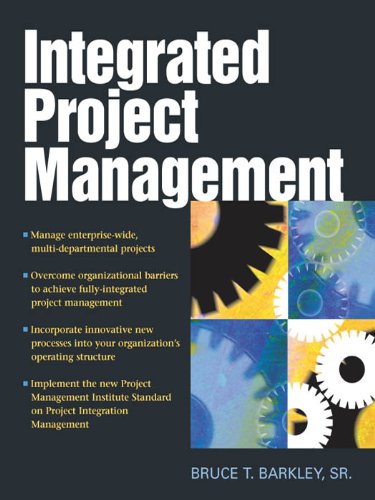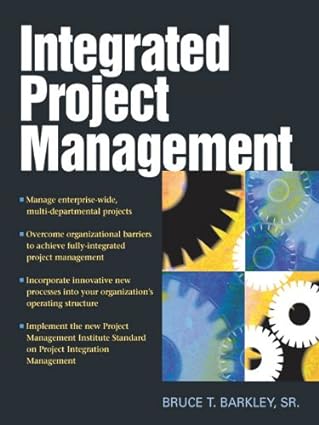
Professional C# 4.0 and .NET 4 (PDF/EPUB Version)
$18.99
Part I: The C# Language: This section gives a good grounding in the C# language itself. This section doesn’t presume knowledge of any particular language, although it does assume you are an experienced programmer. You start by looking at C’s basic syntax and data types, and then explore the object-oriented features of C# before moving on to look at more advanced C# programming topics. Objects, types, inheritance, generics, arrays, tuples, operators, casts, delegates, lambdas, events, strings, regular expressions, collections, Language Integrated, Query (LINQ), Dynamic Language Extensions, memory management, pointers, reflection, errors, and exception are all covered in part 1.
Part II: Visual Studio: This section looks at the main IDE utilized by C# developers worldwide: Visual Studio 2010. The two chapters in this section look at the best way to use the tool to build applications based on the .NET Framework 4. In addition, this section also focuses on the deployment of your projects.
Part III: Foundation: In this section, you look at the principles of programming in the .NET environment. In particular, you look at assemblies, instrumentation, security, threading, tasks, synchronization, localization, System.Transactions, networking, interop, XAML, Managed Extensibility Framework, Manipulating Files and the Registry, transactions, how to build Windows services, and how to generate your own libraries as assemblies, among other topics.
Part IV: Data: Here, you look at accessing databases with ADO.NET, ADO.NET Entity Framework, data services. This part also extensively covers support in .NET for XML and on the Windows operating system side, and the .NET features of SQL Server 2008.
Part V: Presentation: This section shows how to build applications based upon the Windows Presentation Foundation and Silverlight, and covers writing components that will run on web sites, serving up web pages. It also has coverage on building classic Windows applications, which are called Windows Forms in .NET. Windows Forms are the thick-client version of applications, and using .NET to build these types of applications is a quick and easy way of accomplishing this task. Finally, it includes coverage of the tremendous number of features that ASP.NET, ASP.NET MVC, and ASP.Net Dynamic Data provide.
Part VI: Communication: This section is all about communication. It covers services for platform-independent communication using the Windows Communication Foundation (WCF). With Message Queuing, asynchronous disconnected communication is shown. This section looks at utilizing the Windows Workflow Foundation 4, as well as peer to peer networking, and creating syndication feeds.
The book closes with an appendix covering Windows 7 and Windows Server 2008 R2 development.
eBook features:
- Highlight, take notes, and search in the book
- In this edition, page numbers are just like the physical edition




_uaenrsqndl.jpg)










_czggxxd6hy.jpg)
_ay0l9q7pd9.jpg)
_(certification_press)_pfpwp1gw32.jpg)
_(certification_press)_p7lctr3fbt.jpg)

